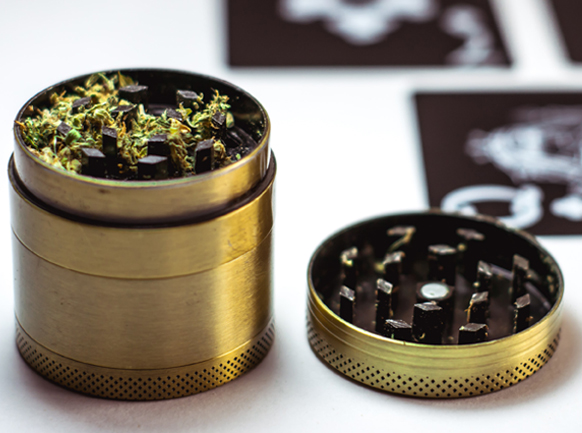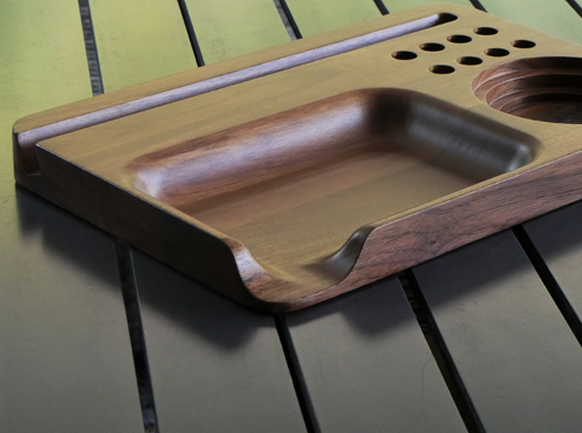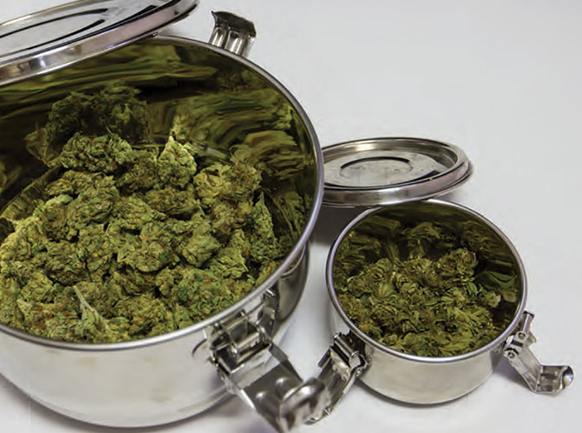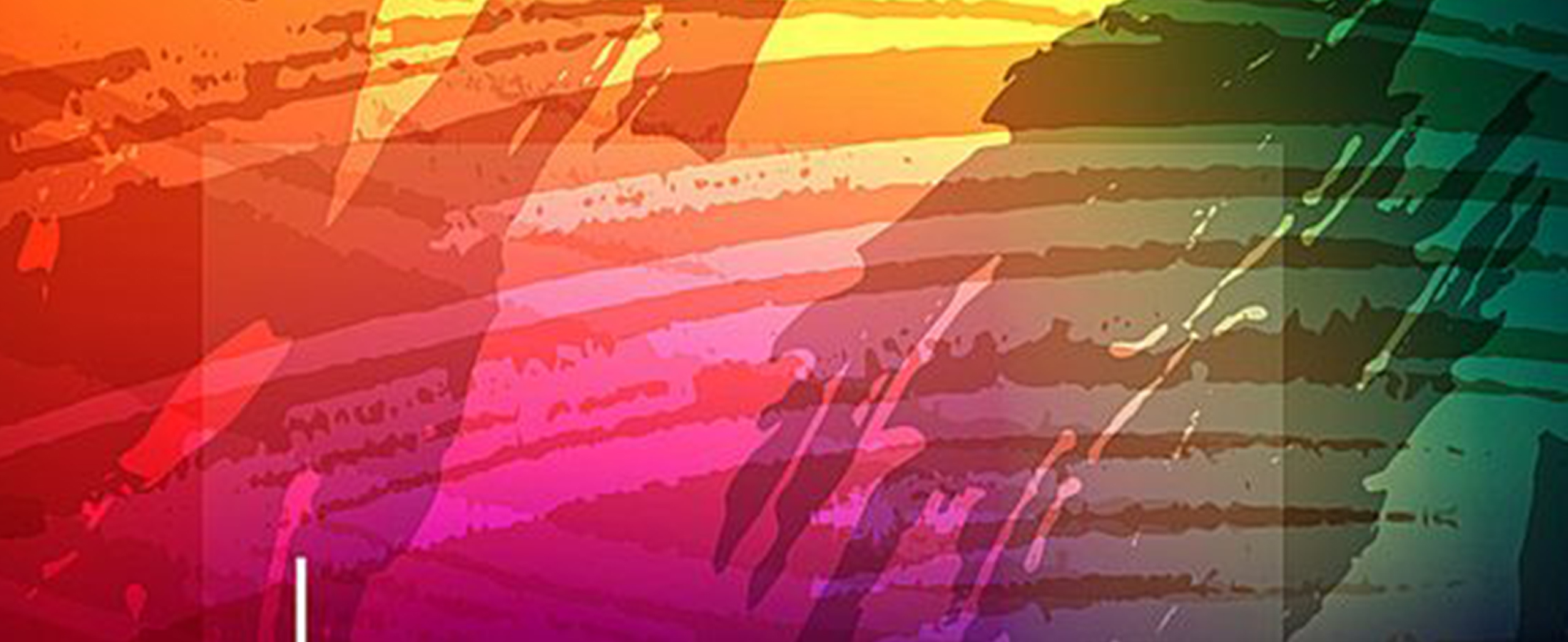Introduction:
Printing techniques have evolved significantly over the years, offering a wide array of options to bring your designs to life on various surfaces. Each method possesses unique characteristics that cater to different needs and preferences. In this blog, we’ll delve into the world of printing by introducing and contrasting four popular techniques: Screen Printing, Color Printing (Machine Inkjet Printing), Hot Stamping, and Heat Transfer. By understanding the differences between these methods, you’ll be better equipped to choose the one that aligns best with your project requirements.
Screen Printing:
Screen printing, often referred to as silkscreen printing, is a versatile and time-tested method that involves pushing ink through a fine mesh screen onto the printing surface. Each color in the design requires a separate screen, making it suitable for designs with a limited number of colors.
Key Features:
- Manual Process: Screen printing is often a manual process, involving the use of a stencil or emulsion-coated screen and a squeegee to transfer ink onto the substrate.
- Vibrant Colors: It is well-suited for producing vibrant and opaque colors, making it ideal for bold and eye-catching designs.
- Various Substrates: Screen printing can be used on a wide range of materials, including textiles, paper, glass, metal, and more.
- Long-Lasting: The ink used in screen printing is typically durable and resistant to fading, making it suitable for items that require longevity.
Color Printing (Machine Inkjet Printing):
Color printing, commonly done using inkjet printers, involves the precise application of tiny droplets of ink onto the printing surface. This method is known for its versatility, speed, and ability to reproduce intricate details.
Key Features:
- Digital Precision: Inkjet printing offers high-resolution output, making it suitable for designs with fine details, gradients, and photographs.
- Quick Turnaround: This method is fast and efficient, allowing for rapid production of printed materials.
- Wide Range of Substrates: Inkjet printing can be used on various substrates, including paper, fabric, plastic, and more.
- Cost-Effective: It is cost-effective for small to medium print runs, as there are no setup costs associated with screens or plates.
Hot Stamping:
Hot stamping is a decorative printing process that involves transferring a metallic or pigmented foil onto a substrate using heat and pressure. It is often used to add a luxurious and eye-catching element to packaging, labels, and promotional materials.
Key Features:
- Elegant Finish: Hot stamping adds a reflective and elegant finish to designs, making it popular for premium products and branding materials.
- Various Foil Options: Foils come in a range of colors and finishes, including metallic, holographic, and matte, offering design flexibility.
- Embossing Possibility: Hot stamping can be combined with embossing to create tactile and visually appealing textures.
Heat Transfer:
Heat transfer printing involves using heat to transfer a design from a carrier sheet onto a substrate. This method is commonly used for apparel and textiles and can be achieved through various techniques such as vinyl heat transfer and sublimation.
Key Features:
- Customization: Heat transfer allows for detailed and customizable designs, making it a popular choice for personalized apparel and promotional items.
- Vibrant Colors: Sublimation heat transfer produces vibrant and long-lasting colors on textiles, as the dye becomes part of the fabric’s fibers.
- Complex Designs: Heat transfer is suitable for intricate designs, including photographs and multi-color graphics.
Conclusion:
Each printing technique discussed—screen printing, color printing (machine inkjet printing), hot stamping, and heat transfer—offers its own set of advantages and applications. The choice of method depends on factors such as the desired aesthetic, substrate material, budget, and the complexity of the design. By understanding the differences between these techniques, you can make an informed decision and select the one that best aligns with your project goals, ensuring that your printed materials stand out and leave a lasting impression.
Subscribe to our free newsletter
Signup for the latest events and news!
* Add notice about your Privacy Policy here.






